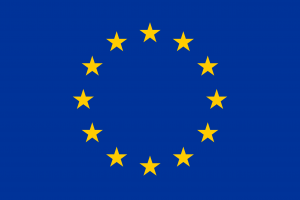Travel to Europe: Entry/Exit System (EES)

The Entry/Exit System (EES) is an automated IT system for registering non-EU nationals travelling for a short stay, each time they cross the external borders of any of the following European countries using the system:
|
Austria Belgium Bulgaria Croatia Czechia Denmark Estonia Finland France Germany |
Greece Hungary Iceland Italy Latvia Liechtenstein Lithuania Luxembourg Malta Netherlands |
Norway Poland Portugal Romania Slovakia Slovenia Spain Sweden Switzerland
|
For the purpose of the EES, ‘non-EU national’ means a traveller not holding the nationality of any European Union country or the nationality of Iceland, Liechtenstein, Norway or Switzerland.
‘Short stay’ means up to 90 days within any 180-day period. This period is calculated as a single period for all the European countries using the EES.
Which countries’ nationals must be registered in the EES?
The system applies to you if you are a non-EU national who either:
- need a short-stay visa to travel to the European countries using the EES
or
- do not need a visa to travel for a short stay in the European countries using the EES
Your entries and exits, or entry refusals will be electronically registered in the EES.
=> Exemptions to registration in the EES apply - see To whom does the EES not apply?
What are the benefits of the EES?
- Making Border Checks More Modern and Efficient: The EES will gradually replace passport stamps with a digital system that records when travellers enter and exit, making border checks faster and helping staff to work more efficiently.
- Making Travel Across Borders Easier and Faster: With EES, travellers will spend less time at the border thanks to faster checks, self-service options, and the possibility to give their information in advance.
- Preventing Irregular Migration: The EES will help track who comes in and out of the Schengen Area, using fingerprint and face data to stop people from overstaying, using fake identities or misusing visa-free travel.
- Increasing the security in the Schengen Area: The EES will give border officers and law enforcement authorities access to important traveller information, helping them to spot security risks and support the fight against serious crimes and terrorism.
For more information:





